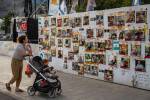Transportation, public safety focus of smart city development in Nevada
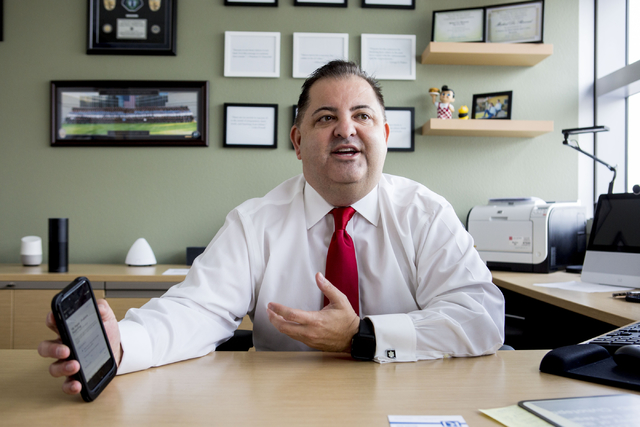
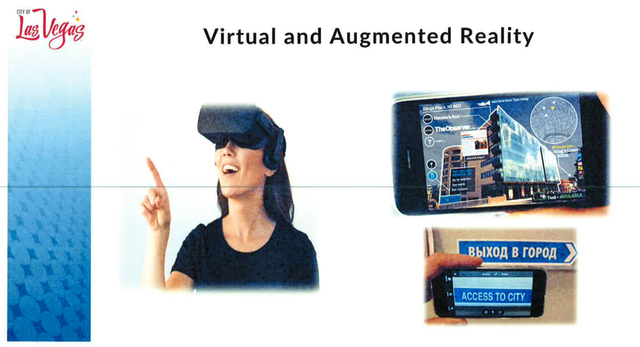

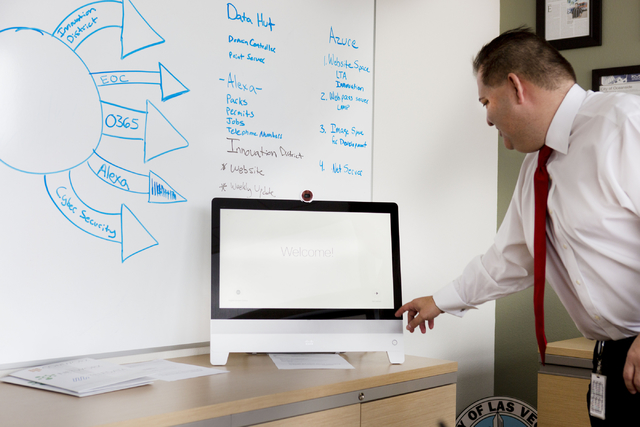
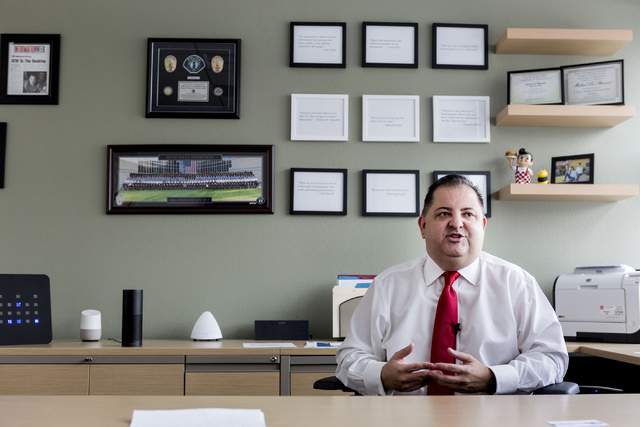
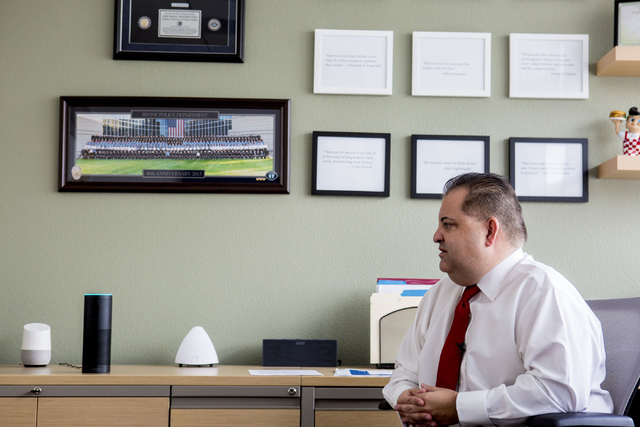
Can you define what a “smart city” means for where you live? Neither can many of your local and state officials — but they will tell you that’s the kind of city they want to create.
Generally, a smart city is one that uses uses data, applications and technology to help people and goods move more quickly, cheaply and efficiently. Imagine a world where you can find a parking spot using an app. Or, better yet, your car will have the parking-spot-finding ability as a pre-installed feature.
The concept is relatively new in the United States. It gained traction in late 2015 with the Department of Transportation’s Smart City Challenge, which asked cities across America to develop ideas for a smart transportation system.
There really isn’t a one-size-fits-all definition for a smart city, said George Karayannis, vice president of CityNow, Panasonic’s smart-city arm. Karayannis appeared on a panel about smart cities at CES last month.
“Essentially, a smart city is whatever the city leadership defines it as,” Karayannis said. “For some cities, that might be improved education, improved public safety, better transportation … it can mean anything.”
‘VAGUE WORDS’
Without defining what a smart city means on a local level, Karayannis added that “it’s just vague words that either confuse or don’t really move the citizen or the city forward.”
Steve Hill, the director of the Governor’s Office of Economic Development, said a smart city is one that is focused on continual improvement.
“Being able to gather the data is the first step,” Hill said, adding that the next step is to have that data available to companies that are able to do something innovative with it, while protecting an individual’s privacy.
“Being the city or the community that these advanced companies know will allow them access to that data I think provides them opportunities that we don’t even know exist right now.”
A representative for Clark County said the county is focused on using technology to improve transportation, but it doesn’t necessarily have a smart-city plan in place.
While representatives for Henderson, North Las Vegas and the Regional Transportation Commission said they are still working to develop their area-specific definitions of what being a smart city means to them, the conversation is budding around improved public safety and transportation.
“We’ve been working on this path for probably the last year and a half, having just our own internal (dialogue) and meeting with different companies about what does this (a smart city in North Las Vegas) look like?” said Gina Gavan, the director of economic and business development for the city.
Gavan added that the city would be interested in creating a loop of autonomous vehicles to help move workers and visitors around.
Tina Quigley, general manager of the Transportation Commission, said the vision for a smart city in her eyes is still broad, but generally means using sensors and infrastructure to gather data to make wiser decisions for urban planning.

“One of the No. 1 problems that we’ve got here is our pedestrian fatality rate,” Quigley said. “The more that we can make cars aware of where there are generally higher numbers of pedestrians, or make cars aware of hazardous areas … the safer we can make this community.”
Meanwhile, in Henderson, talks about becoming a smart city have been ongoing, said Laura Fucci, the city’s chief information officer.
“We have been monitoring this space for over a year from a technology perspective” Fucci said. “Conversations between the city’s IT Department and other city departments began to take place a few months ago.”
LAS VEGAS LEADS PACK
The city of Las Vegas, though, already has a vision and an implementation strategy.
Las Vegas was one of 78 cities that applied for the 2016 Smart City Challenge, which focused on transportation. Though the city did not make the cut, Michael Sherwood, Las Vegas’ director of information technology, said putting together the application was “beneficial in developing a vision, ideas and identifying challenges which we can work towards solving.”
In its application, the city laid out goals such as testing autonomous vehicles in urban settings, and deploying a technology system along urban corridors that will help synchronize traffic signals to reduce congestion and create real-time displays of traffic incidents.
Since submitting the application last February, Las Vegas became the first region in the United States to connect its traffic signal network to vehicles when Audi launched its Vehicle-to-Infrastructure technology — the first step in connecting vehicles to intelligent traffic signal infrastructure.
Last month, Las Vegas became the first city in the United States to have a completely autonomous, fully electric passenger shuttle deployed on a public roadway when French-company Navya tested its Arma shuttle for two weeks on Fremont Street.
The smart-city vision is ever-evolving, Sherwood said, and now the conversation in the city is starting to include things like better access to government services and officials.
“We’re looking at working with many different vendors on bringing new technology in and seeing how that can help the city in general,” Sherwood said.
He said his team is currently working on building a phone app that will allow a user to hold the phone up to a road sign and then translate it into the user’s native language, then give the person information about what’s in the area.
His team is also working on making it possible for people to ask their Amazon Echos things like, “How do I report a pot hole?” Or, “When is the next City Council meeting and what is on the agenda?”
Amazon Echo is a standalone cylindrical device that responds to voice commands and delivers information via Alexa, its voice assistant.
Sherwood said his team is also working on making it possible to have a virtual meeting with an elected official.
Fucci said a large part of being a smart city is fitting into the community at large and making sure that information gathered can be shared when it comes to things like transportation.
“We all want our citizens to have a consistent and unified experience,” Fucci said. “We would not want a service to end at the border as a citizen travels from our city to Clark County, for example.”
The information officers and their counterparts of Nevada’s municipalities meet regularly, share information and discuss the smart-city concept. Sherwood, Fucci and other regional partners returned Feb. 8 from San Jose, where they visited with Cisco Systems to look at what types of wireless technologies might benefit their cities.
AVOIDING PITFALLS
Karayannis and other panelists at CES, produced by Arlington, Virginia-based Consumer Technology Association, cautioned leaders to avoid common mistakes that cities make when developing their smart-city vision, like “chasing the next shiny object,” as Karayannis put it.
“Really pilot these technologies and solutions and understand what are the costs and savings for departments and silos in a city. One of the pitfalls is really not having the alignment (across different city departments) to get that informed view.”
Contact Nicole Raz at nraz@reviewjournal.com or 702-380-4512. Follow @JournalistNikki on Twitter.




